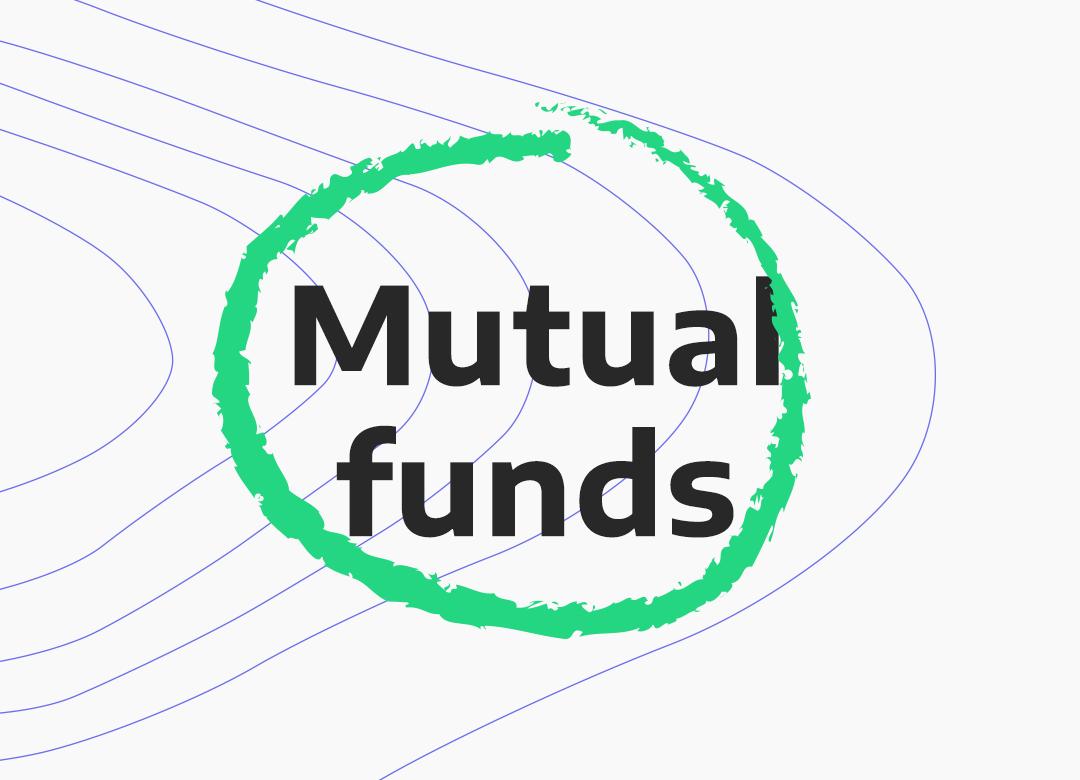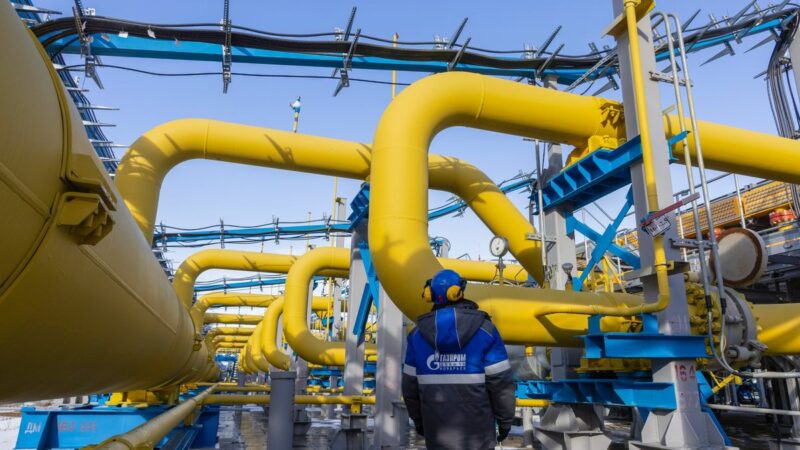Here is All Things Know About Mutual Fund

A common asset is a speculation vehicle that pools cash from various financial backers to buy an arrangement of protections.
mutual assets can put resources into a wide assortment of protections, from stocks and bonds to wares and elective resources like land, or even a mix of a wide range of speculations. The ventures utilized not set in stone by the asset’s speculation objective. For instance, an asset that looks for capital appreciation might hold principally stocks, while an asset looking for money might hold more securities.
To many individuals, Mutual Funds can appear to be confounded or threatening. We will attempt to improve on it for you at its exceptionally essential level. Basically, the cash pooled in by countless individuals (or financial backers) makes up a Mutual Fund. This asset is overseen by an expert asset director.
How Does a Mutual Fund Work?
A common asset works by pooling financial backer assets to buy different protections. A common asset organization recruits an expert cash director to manage these ventures, called the portfolio, to keep up with the asset’s speculation objective.
Whenever you put resources into a common asset, you’re buying a relative portion of the multitude of ventures the asset holds, similar as how each cut of a pie has similar proportion of fixings. Therefore mutual assets can be a viable method for building a differentiated portfolio with a little speculation: Every dollar you put resources into a common asset is just about as enhanced as the common asset in general.
There are many kinds of common assets, for example,
Stock assets, which put basically in stocks.
Security reserves, which put essentially in bonds.
Resource assignment reserves, which put resources into a combination of stocks and bonds.
Deadline reserves, which are resource portion subsidizes that change their allotment as the asset moves toward its “deadline” – normally the date a financial backer wishes to resign.
Currency market reserves, which put resources into fluid, cash-like ventures.
A trust gathers cash from various financial backers who share a typical venture objective. Then, it puts the cash in values, securities, currency market instruments and additionally different protections. Every financial backer claims units, which address a piece of the property of the asset. The pay/gains created from this aggregate speculation is disseminated proportionately among the financial backers in the wake of deducting specific costs, by working out a plan’s “Net Asset Value or NAV.
Mutual Fund versus ETF
Common assets are like trade exchanged assets, or ETFs, in that the two sorts of speculations pool financial backer cash to buy a container of ventures. The critical distinction between a common asset and an ETF is that an ETF exchanges like a stock, meaning financial backers exchange portions of an ETF on stock trades. With a common asset, you trade shares straightforwardly through the portfolio supervisor.
Exchanging straightforwardly with an asset director likewise implies you never need to stress over not having the option to find a counterparty for your request. With ETFs – and numerous other venture vehicles – there should be another person ready to purchase what you’re attempting to sell (or sell what you’re wanting to purchase). A common asset’s chief can’t decline to take care of your request except if the asset is shut to new financial backers.
One more qualification between mutual asset and ETF exchanging is that common assets don’t exchange over the course of the day. All things being equal, the asset chief ascertains the net resource esteem, or NAV, of the asset in light of the honest assessment of every one of the speculations it holds toward the finish of each exchanging day. This implies when you place an exchange during the exchanging day, you won’t have the foggiest idea about the specific cost you’ll get until after the market closes. So be cautious while buying portions of a mutual asset.
This has a couple of results: First, it implies that you can purchase common assets on a for each dollar or per-share premise. With ETFs, you should constantly purchase in share increases, yet you can purchase $10 worth of a common asset regardless of whether its portion cost is $500.
Since common asset chiefs are answerable for taking care of all requests, they might have to accomplish more trading inside the asset than an ETF administrator would. Common asset administrators are likewise expected to convey capital additions to investors, so you might get a surprising duty bill toward the year’s end regardless of whether you sell the asset.
Disclaimer: The views, suggestions, and opinions expressed here are the sole responsibility of the experts. No THE CASH WORLD journalist was involved in the writing and production of this article.






